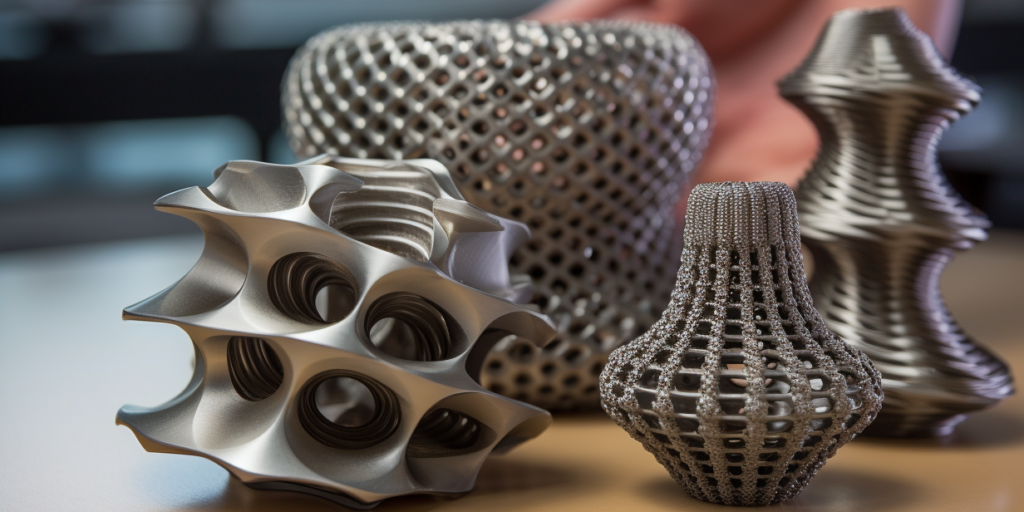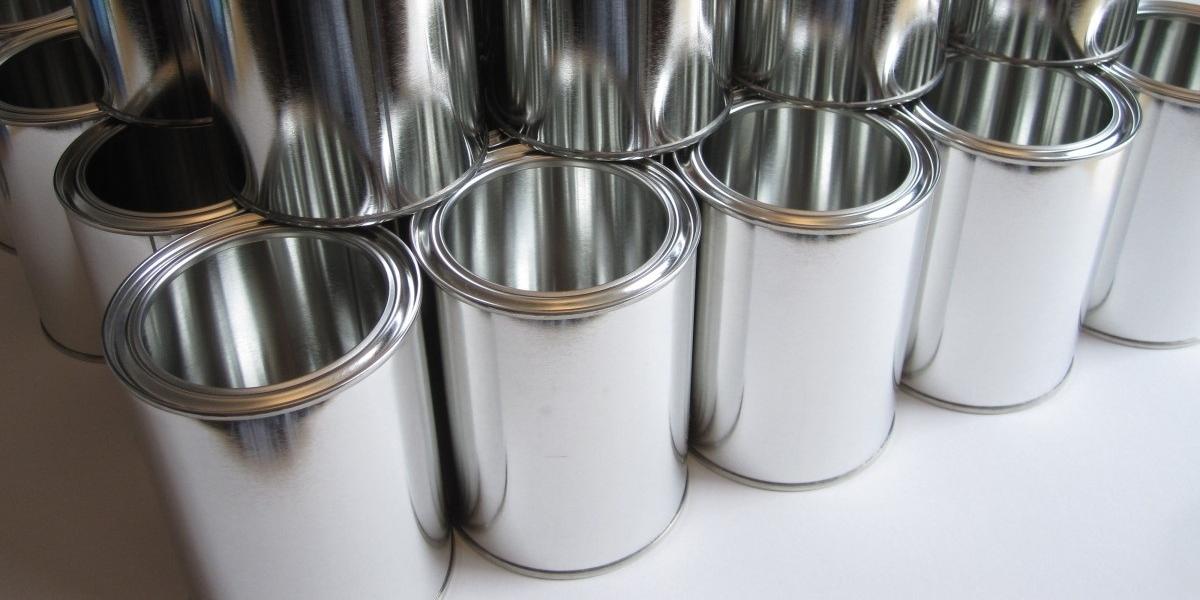If you’re working in robotics or industrial automation, you’ve likely faced the frustration of finding the right tools to make your robotic systems more efficient and versatile. Whether it’s struggling with inconsistent gripping, dealing with complex part geometries, or simply trying to reduce downtime, the challenges of End of Arm Tooling (EOAT) can feel overwhelming.
You’re not alone. Many engineers and manufacturers face these issues daily, and the solution often lies in choosing the right EOAT for your specific needs.
In this article, we’ll break down everything you need to know about End of Arm Tooling for robots, from the basics to advanced solutions. We’ll address your most pressing concerns, explore the different types of EOAT grippers, and explain how they can transform your automation processes. By the end, you’ll clearly understand how to select, implement, and optimize EOAT for your robotic systems.
What is End of Arm Tooling (EOAT)?
End of Arm Tooling, often abbreviated as EOAT, refers to the devices or tools attached to the end of a robotic arm. These tools enable robots to interact with their environment, performing tasks such as gripping, welding, painting, or assembling. Think of EOAT as the “hands” of a robot—without it, the robot would be unable to perform its intended functions.
EOAT comes in many forms, including grippers, suction cups, magnets, and specialized tools like welding torches or screwdrivers. The choice of EOAT depends on the specific application, the type of objects being handled, and the level of precision required.
Why is EOAT Crucial for Your Automation Success?
The right End of Arm Tooling (EOAT) can make or break your automation project. It’s not just an accessory—it’s the critical link between your robotic system and the tasks it needs to perform. Here’s a deeper dive into why EOAT is so essential and how it impacts your automation success:
1. Versatility: Adapting to a Wide Range of Tasks
EOAT is the key to making your robotic system versatile. Without the right tooling, even the most advanced robot is limited in its capabilities. Here’s how EOAT enhances versatility:
- Multi-Task Capability: A single robotic arm can perform multiple tasks by switching between different EOAT tools. For example, a robot equipped with a quick-change system can switch from a gripper for picking parts to a welding torch for assembly, all within the same workflow.
- Handling Diverse Objects: EOAT allows robots to handle objects of varying sizes, shapes, and materials. Whether it’s a delicate glass panel, a heavy metal component, or a flexible plastic part, the right EOAT ensures reliable handling.
- Industry-Specific Applications: From automotive assembly lines to food packaging, EOAT can be customized to meet the unique demands of different industries.
In the automotive industry, robots equipped with specialized EOAT can handle everything from welding car frames to painting body panels, all with precision and efficiency.
2. Precision: Ensuring Accuracy and Repeatability
Precision is non-negotiable in automation, especially in industries like electronics, medical devices, and aerospace. EOAT plays a critical role in achieving this precision:
- Accurate Positioning: High-quality EOAT ensures that the robot can position tools or parts with micron-level accuracy. This is crucial for tasks like assembling tiny electronic components or performing delicate surgeries.
- Repeatable Performance: EOAT ensures that every movement is consistent, reducing variability and improving product quality. For example, in a pick-and-place operation, the robot must place each part in the exact same position every time.
- Force Control: Advanced EOAT systems include force sensors that allow the robot to apply the right amount of pressure, preventing damage to delicate objects.
In electronics manufacturing, robots with precision grippers can place microchips on circuit boards with incredible accuracy, ensuring high yields and minimal defects.
3. Efficiency: Maximizing Throughput and Minimizing Downtime
Efficiency is the backbone of any successful automation project. The right EOAT can significantly enhance your system’s efficiency in several ways:
- Reduced Cycle Times: Lightweight and optimized EOAT designs allow robots to move faster, reducing the time it takes to complete each task.
- Quick Tool Changes: Quick-change EOAT systems enable robots to switch between tools in seconds, minimizing downtime and keeping production lines running smoothly.
- Optimized Workflows: EOAT can be designed to handle multiple tasks in a single operation, streamlining workflows and reducing the need for additional equipment.
In e-commerce warehouses, robots with vacuum grippers can quickly pick and pack items of various shapes and sizes, significantly speeding up order fulfillment.
4. Cost Savings: Reducing Operational Expenses
While the initial investment in high-quality EOAT may seem significant, it pays off in the long run by reducing operational costs:
- Lower Maintenance Costs: Durable EOAT made from materials like aluminum or stainless steel requires less frequent maintenance and replacement.
- Reduced Downtime: Reliable EOAT minimizes unexpected failures and downtime, keeping your production lines running efficiently.
- Energy Efficiency: Lightweight EOAT reduces the load on the robotic arm, lowering energy consumption and operational costs.
In metal fabrication, robots with durable welding EOAT can operate continuously for long periods without needing repairs, reducing maintenance costs and downtime.
However, choosing the wrong EOAT can lead to inefficiencies, increased maintenance, and even system failures. That’s why understanding your options is critical.
Common Challenges with EOAT and How to Solve Them
1. Handling Complex Part Geometries
One of the biggest challenges in automation is handling parts with irregular shapes or delicate surfaces. Traditional grippers may struggle with these tasks, leading to dropped parts or damage.
Solution: Consider using adaptive EOAT grippers or vacuum-based systems. Adaptive grippers can adjust their shape to fit different part geometries, while vacuum grippers use suction to handle delicate or irregularly shaped objects without causing damage.
2. High Cycle Times
Slow cycle times can bottleneck your production line, reducing overall efficiency.
Solution: Opt for lightweight EOAT designs that reduce the load on the robotic arm, allowing for faster movements. Additionally, quick-change systems can minimize downtime by enabling rapid tool swaps.
3. Maintenance and Downtime
Frequent maintenance and unexpected downtime can disrupt your operations and increase costs.
Solution: Choose EOAT made from durable materials like aluminum or stainless steel. Regular maintenance schedules and predictive monitoring can also help prevent unexpected failures.
4. Compatibility Issues
Not all EOAT is compatible with every robotic system. Mismatched tooling can lead to poor performance or even damage to the robot.
Solution: Work with experienced suppliers who can provide customized EOAT solutions tailored to your specific robotic system and application requirements.
Types of EOAT Grippers: Which One is Right for You?

How to Choose the Right EOAT for Your Application
Selecting the right EOAT involves considering several factors:
- Object Characteristics: Size, weight, shape, and material of the objects being handled.
- Task Requirements: Precision, speed, and force needed for the task.
- Environmental Conditions: Temperature, humidity, and presence of contaminants or EMI.
- Robot Compatibility: Ensure the EOAT is compatible with your robotic arm’s payload capacity and mounting interface.
- Budget: Balance cost with performance and durability.
The Role of CNC Machining in EOAT Manufacturing
CNC (Computer Numerical Control) machining plays a critical role in producing high-quality EOAT. Here are some common CNC processes used in EOAT manufacturing:
- CNC Milling: Used to create complex shapes and precise features in EOAT components.
- CNC Turning: Ideal for producing cylindrical parts like shafts or connectors.
- CNC Drilling and Tapping: Ensures accurate hole patterns for mounting and assembly.
- CNC Grinding: Provides high-precision surface finishes for critical components.
- CNC EDM (Electrical Discharge Machining): Used for intricate designs and hard materials.
These processes ensure that EOAT components are manufactured to the highest standards of precision and durability, enabling reliable performance in demanding industrial environments.
Related post you may interest in:
1. Double Reduction Gear Reducers: Solving Your Most Pressing Questions
2. Eccentric Reducer Fittings: Stainless Steel vs. Concentric and Eccentric
3. Understanding Extruder Gearboxes: Types, Functions, and Applications
4. Understanding Servo Motors: Types and Applications Explained
Why XMAKE Shines as a CNC Supplier for Robot End-of-Arm Tooling
Conclusion: Unlock the Full Potential of Your Robots with the Right EOAT
End of Arm Tooling is the unsung hero of robotic automation. By choosing the right EOAT grippers or tools, you can overcome common challenges, improve efficiency, and achieve better results in your automation projects. Whether you’re handling delicate electronics, heavy metal parts, or irregularly shaped objects, there’s an EOAT solution designed to meet your needs.
Remember, the key to success lies in understanding your application requirements, selecting the right type of EOAT, and working with experienced manufacturers who can deliver high-quality, CNC-machined components. With the right tools in place, your robotic systems will be ready to tackle even the most complex tasks with precision and reliability.
FAQs
1. What is the end of a robotic arm called?
The end of a robotic arm is called the end effector or End of Arm Tooling (EOAT). It is the part of the robot that interacts with the environment, performing tasks like gripping, welding, or assembling. The end effector is essentially the “hand” of the robot.











